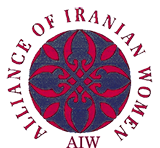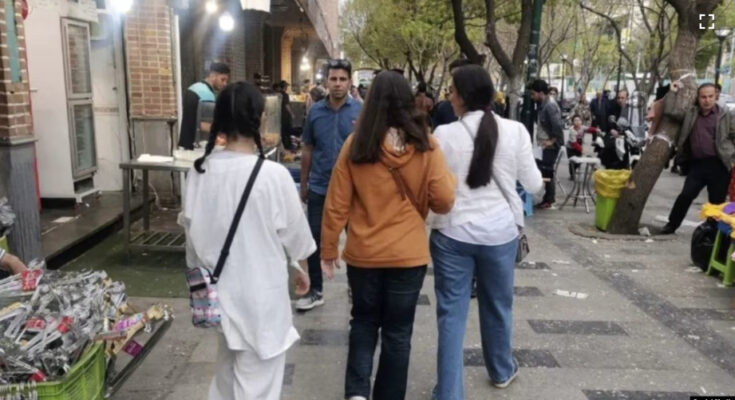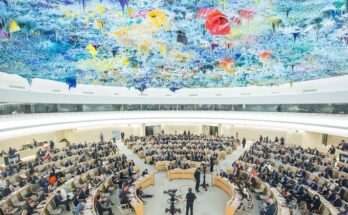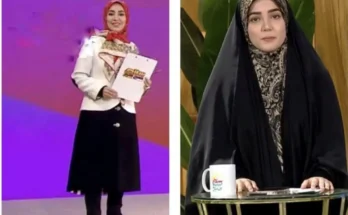Source: RadioFarda (RFE/RL)
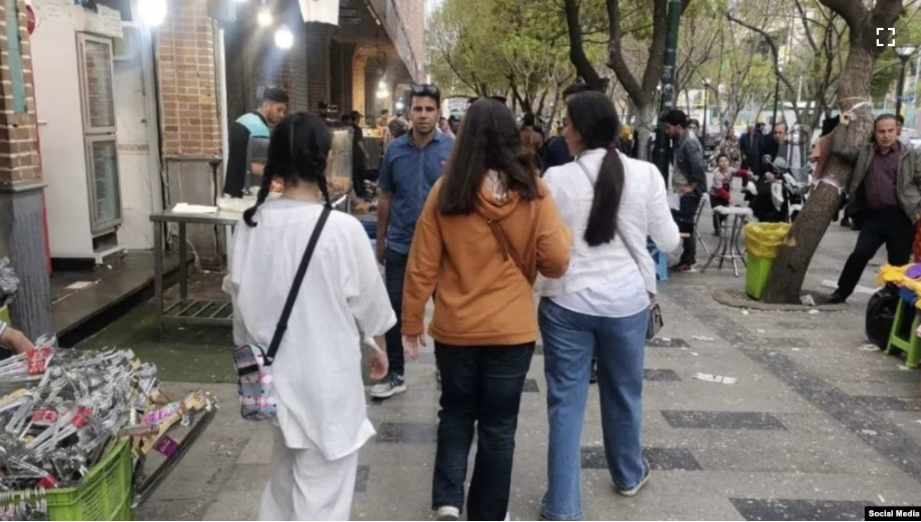
Demonstrations erupted in various parts of the Iranian capital of Tehran as the city steps up enforcement of the mandatory hijab rule, angering residents who for months have protested over what they see as the government’s intrusion into their daily lives.
Rallies took place late on May 1 in the capital’s districts of Sattarkhan, Aryashahr, Tehranpars, and Gohardasht Karaj, as citizens chanted “Death to the oppressor, long live the worker,” “Woman, life, freedom,” and “Death to Khamenei,” a reference to Iran’s Supreme Leader Ayatollah Ali Khamenei.
Similar protests were held in the central Iranian city of Isfahan, where demonstrators chanted slogans supporting workers, political prisoners, and the imprisoned Iranian rapper Toomaj Salehi.
Slogans like “We’ve come again, the uprising continues” and “It’s time for the clerical government to end” rang through the streets in Isfahan.
Meanwhile, in Tehran’s western neighborhood of Aryashahr, protesters shouted slogans against the Islamic Revolutionary Guards Corps (IRGC) and decrying deteriorating living conditions.
The upsurge in unrest comes as Tehran tries to crack down on women appearing in public without the mandatory hijab.
Tehran’s mayor, Alireza Zakani, has said the city is gradually increasing surveillance in areas such as subway stations where women without a hijab are being barred from entering public transport.
“We will proceed according to the country’s laws in this regard,” he recently told City Council.
The death of Mahsa Amini in Tehran in September, which officials blamed on a heart attack, touched off a wave of anti-government protests that authorities have met with a harsh crackdown that rights groups say has killed more than 500 people, including 71 children.
Officials, who have blamed — without providing evidence — the West for the demonstrations, have vowed to crack down even harder on protesters, with the judiciary leading the way after the unrest entered a fourth month.
At the same time, many local authorities, especially in larger cities, are trying to ratchet up enforcement of the hijab law.
The protests pose the biggest threat to the Islamic government since the 1979 revolution.
Several thousand people have been arrested, including many protesters, as well as journalists, lawyers, activists, digital rights defenders, and others.
Written by Ardeshir Tayebi based on an original story in Persian by RFE/RL’s Radio Farda
